My mother died when I was very young so I lived with my grandparents. I called grandad "dad" because he actually raised me. Grandad and an older brother apprenticed as a blacksmiths when dad was 14, his brother a few years older. Adter 5 years their father helped them buy a blacksmith shop in north-east Kansas. This was in 1898. The brothers were busy and the business thrived.
Grandma's father died and left a farm to her so dad began farming but when his brother had a severe stroke and could no longer work they hired Rudi Schultz to run the farm and dad and grandma moved to town and he began again as a blacksmith. Business was very good and he bought his brothers share and continued to work the shop by himself. At that time he no longer shoed horses too much business in the shop. He bought the most modern machinery of the time, 1900 and it became the most progressive shop around. He did wagon repair and every kind of iron work imaginable. Farmers would come in and describe something they needed made from iron and no problem it was done. He did put in electricity when it became available made an essentially a dark long building much brighter inside. All the machinery, trip hammer, metal lathe, grinders and all the other shop machinery ran from the power of a huge old gas engine. It is called a "hit or miss" engine this had a large belt from a pulley on it running to a long shaft at the ceiling and all the machinery could be operated by sliding a belt over to a wheel that was turning from the shaft on the ceiling.
There were dozens of different tongs he used in crafting the iron work some of which he made for a specific use.
Dad operated this shop until 1946 when he sold it to a man who was more of a tinker than a smith but he was very good at repairing about anything. Dad's tool are still hanging where he last used them, the machinery still operates, the calendar on the wall reads 1946, the new owner really didn't use any of the smithing tools except a very few. He did use the forge and anvil but thats about all. He would also go to auctions and buy just about anything that nobody else would buy and it was stacked so that it completely covered most of the machinery and the floor was covered except for about 20' in the front. This was probably a good thing brcause some of the plaster fell from the 14 foot ceiling and instead of landing on the machinery it hit the junk covering it. So, essentially we have a blacksmith shop that has the tools and machinery, the forges and anvils that dad and his brother put there in 1898, they are still where he put them. There is a desk with an old fashioned phone on it and just above it are the ledgers that dad kept his records in. This desk required for you to stick a nail in a certain hole hidden on the side so you could lift the lid. Dad showed me how and if there were a few pennies in the lower right hand corner they were mine. I would run to the shop after school and check. The pennies weren't there daily but often enough to keep me interested.
The tinker didn't believe in changing anything so the shop now cleaned out of all the junk he stored in it is just as it was in 1898 except for the electic lights. The last time I had been in it was 1945 when I got home from the navy and went in to tell dad goodbye since I was going west after a job opportunity. Now it is on the national register and is a museum as an example of an early complete blacksmith shop. The only one of it's kind.
It is hard to describe the emotions I felt when I walked in there for the time last week. In my minds eye I could see dad at the forge then swinging around and hammering a piece of hot iron on the anvil but when they started the old hit or miss engine, I broke down. That sound did transport me back to early childhood and I actually thought about looking in the corner of the desk for pennies.
Now that I've bored you all to tears I'll just say enough.
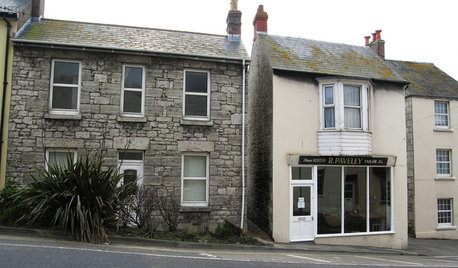
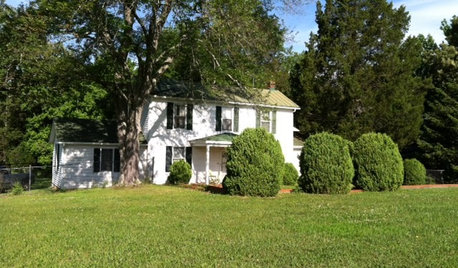
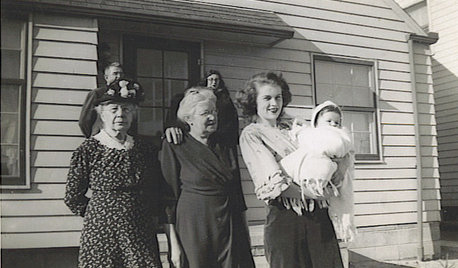
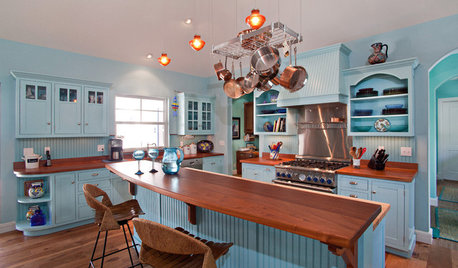


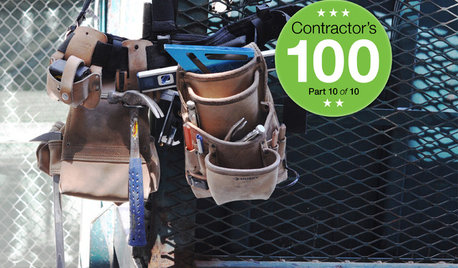






shymilfromchi
rob333 (zone 7b)
Related Discussions
A long cruise - introduction, part 2
Q
A long cruise - Las Palmas, Canary Islands part 2
Q
Arizona Trip Report (part 2)
Q
Long time no post! (Part 2)
Q
mjmercer
anneliese_32
mawheel
lilosophie
kris_zone6
User
west_gardener